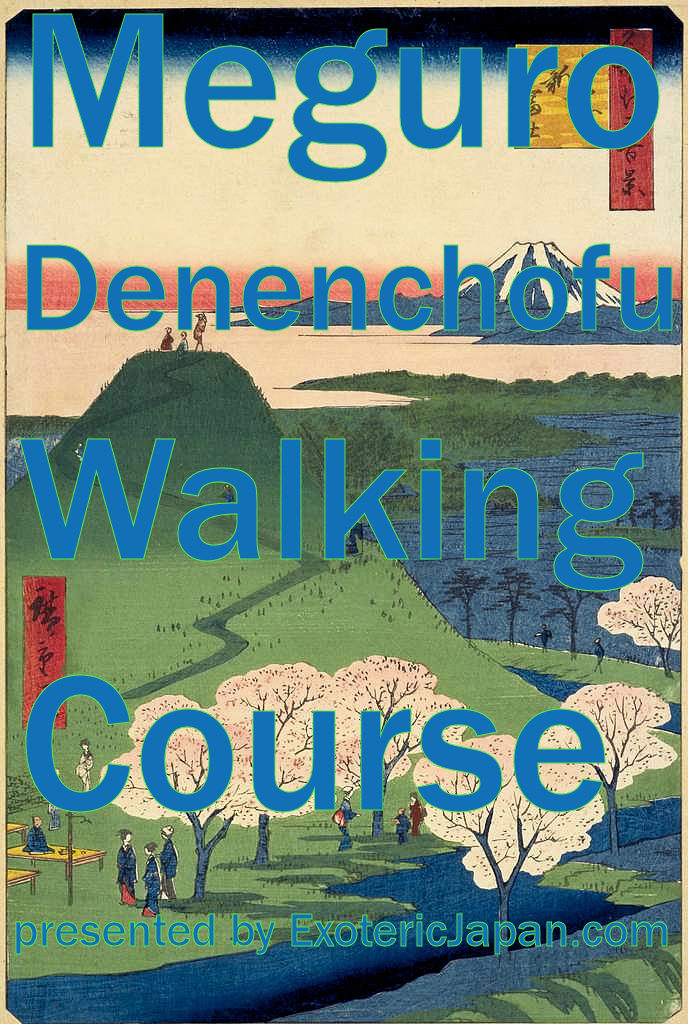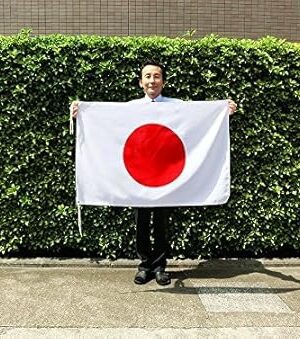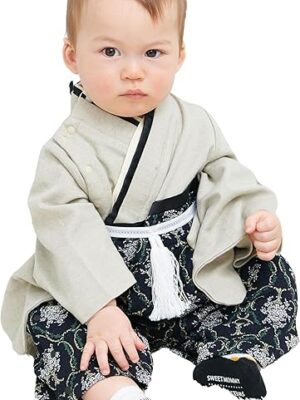Beautiful Tree Lined Strolls Through Tokyo’s History of Development
Amazon Affiliate Linked Japanese Goods Shop
-
Sale!
Miccostumes Anime Corps Cosplay Costume Uniforms
Original price was: $50.$40Current price is: $40. Check it out on Amazon -
Sale!
Women’s Easy Yukata Robe Casual Cotton Kimono for Summer
Original price was: $97.$75Current price is: $75. Check it out on Amazon
The Tokyo Promenade of History and Culture
Tokyo Walking Courses such as the Tokyo Promenade of History and Culture (aka 東京歴史と文化の散歩道) unveil the layers of Tokyo, from ancient echoes to vibrant modernity!
11.72 km in Total Length
Meguro Fudozaka Path Walk
Meguro Station – Musashi-Koyama Station
From Meguro Station on the hill, go down Gyoninzaka to start out the Meguro Denenchofu Walking Course (目黒田園調布コース). In the middle of the steep slope is Daienji Temple, the source of the great fire on Gyojinzaka. The five hundred stone arhats lined up on the slope are memorials for the victims of the great fire. West of the Meguro River at Sakashita is the suburbs of Edo. Once you cross the river, you will now go uphill, and on this hill is the Meguro Fudoson Main Hall, one of the Edo Goshiki Fudo temples.Himondani Stroll
Musashi-Koyama Station – Jiyugaoka Station
From Musashi-Koyama Station, walk along the cherry blossom-lined Tachiaigawa Green Path to Himondani. This area is a new town that has become a residential area with the opening of the Mekan Line in 1923 and the Toyoko Line in 1928. It was once a rural area where shoguns and feudal lords enjoyed falconry. Himondani Hachiman, from which the place’s name originates, was founded in 1674. The origins of Enyuji Temple are said to be even older, around the 9th century. Pass through a quiet residential area and head to Jiyugaoka Station.Denenchofu tree-lined walk
Jiyugaoka Station – Numabe Station
Stroll around the quiet streets of Denenchofu from Jiyugaoka. This town was also opened with the opening of both the Mekama and Toyoko lines. Traces of the time of development remain, such as the Denenchofu station building built in 1924 and the streets lined with ginkgo trees that radiate out from the station. Tamagawadai Park, 30 meters above sea level, is a scenic spot overlooking the mountains of Fuji and Hakone in the distance. There was a Maruko ferry in Numabe along the Nakahara Highway until 1930, when the Maruko Bridge was built over the Tama River.














